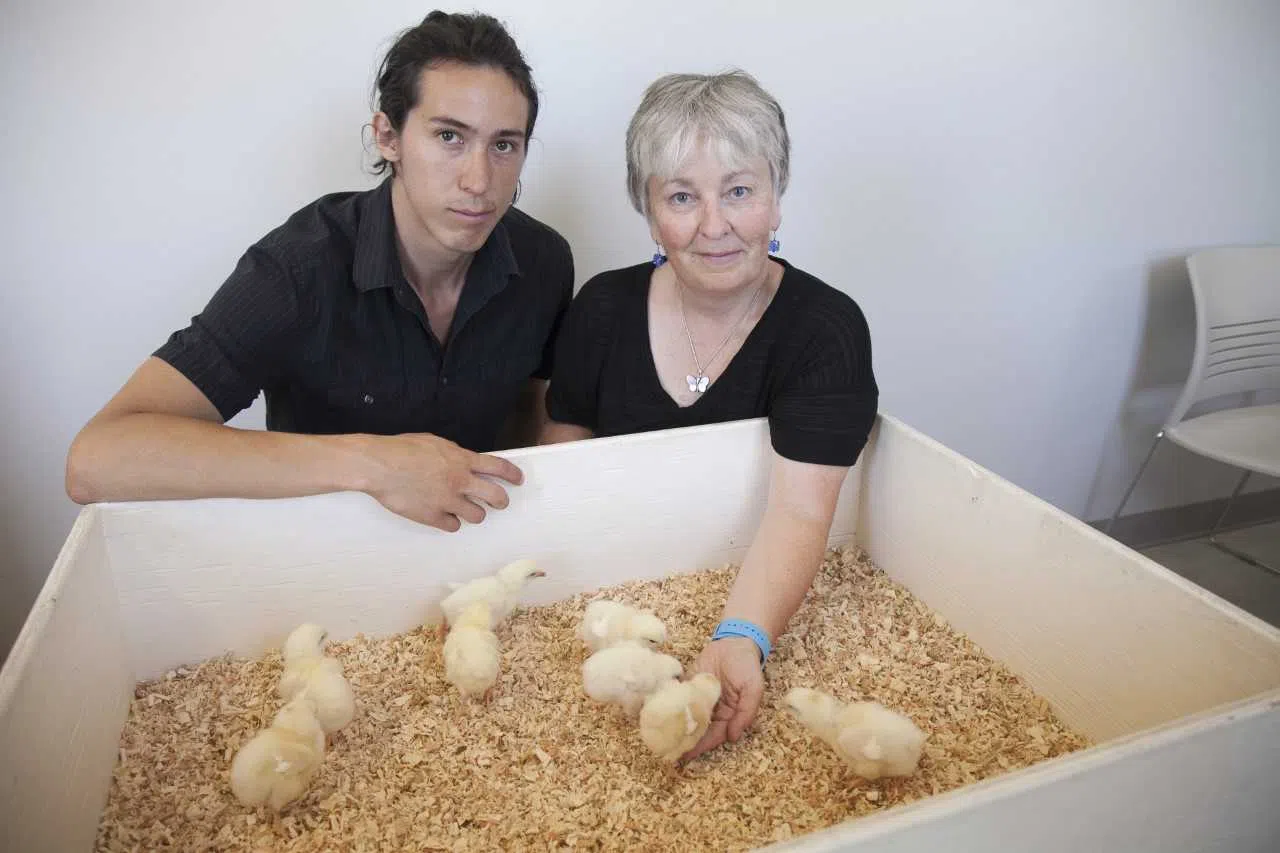
Early results show benefits of fusarium-damaged wheat
A study conducted through the University of Saskatchewan into the use of fusarium-infected wheat and mealworms has yielded some positive results and researchers hope the information can be used to benefit both the wheat and poultry industries.
Fiona Buchanan, an animal and poultry science professor at the University of Saskatchewan, said trials using fusarium-infected wheat to fatten mealworms show the worms can effectively process toxins in the damaged wheat. The mealworms can then safely be fed to chickens in their feed.
The trial showed promising results, and Buchanan and her team have now embarked on a second, larger trial – using one million mealworms. The second trial will use one million worms fed on varying amounts of red wheat and durum wheat.
“We’ve run feeding trials with only 10,000 worms, so the results look really promising,” Buchanan said. “The second results should be very similar to the first trial … and that’s what we want to do is we want to take something, that salvaged wheat and convert it into something that’s valuable.”


